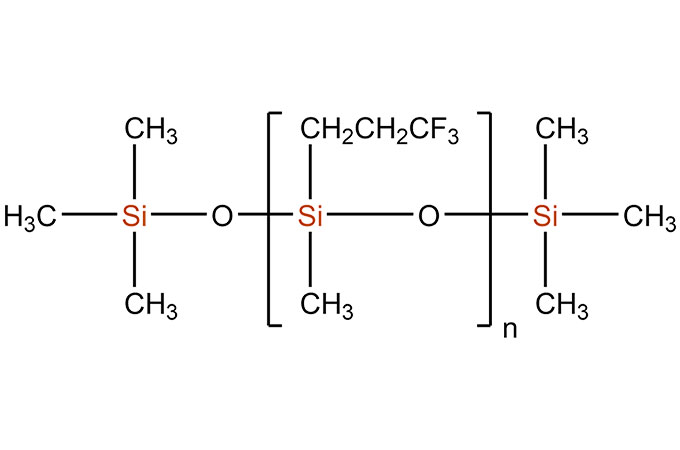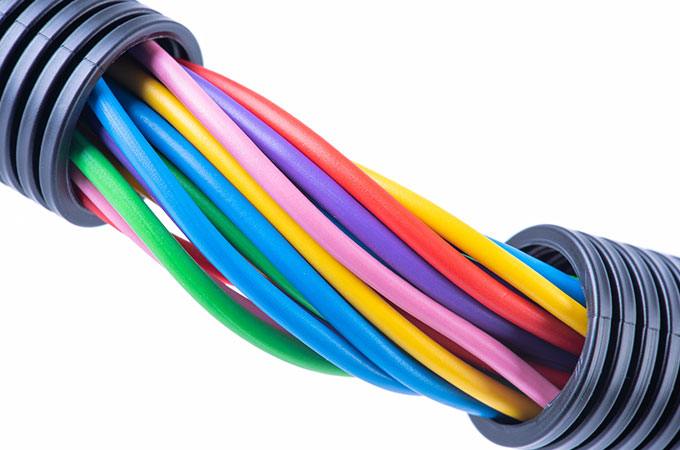1. Classification of liquid silicone gel
Liquid silicone gel is divided into single-component liquid silicone gel, two-component liquid silicone gel, and three-component liquid silicone gel according to its components. Two-component liquid silicone gel is the most common type of liquid silicone gel, and it is also called AB glue. Liquid silicone gel is divided into condensation type liquid silicone gel and addition type liquid silicone gel according to its vulcanization principle.
2. What are the advantages of liquid silicone gel?
2.1 Good chemical resistance, acid, alkali and many kinds of chemicals;
2.2 Good mechanical strength, products with different strengths can be deployed according to customer needs;
2.3 Excellent electrical insulation, excellent dielectric properties, excellent dielectric properties at high temperatures, and dielectric properties at high temperatures greatly exceed those of organic silicone rubber;
2.4 Excellent high-temperature compression permanent deformation: good processing performance and easy molding. Various products can be made by extrusion hot air vulcanization molding, compression molding, calendering and other methods;
2.5 Anti-pollution: It can be wiped off by hand after applying handwriting such as ball pen.
Liquid silicone has excellent transparency, tear strength, resilience, yellowing resistance, thermal stability, water resistance, good air permeability, heat aging resistance and weather resistance. At the same time, the viscosity is moderate, easy to operate, and the product has high transparency. It can be seen whether the casting material in the mold has defects such as bubbles, the linear shrinkage rate is less than 0.1%, and the size of the replica is precise.
3. How to use liquid silicone gel
One-component liquid silicone is usually packed in a toothpaste tube, which can be directly squeezed out for use. Before using the two-component liquid silicone gel, it should be weighed strictly according to the proportion, after stirring and mixing, it is vacuumed, and then it can be used. For liquid silicone gel that needs to be heated and cured, it needs to be heated in a high-temperature oven or a tunnel furnace. In order to improve production efficiency, a dispenser can be used for machine operation.
4. Introduction of the types of liquid silicone
4.1 Liquid Injection molding silicone rubber (LSR): The full name is injection molding liquid silicone rubber, and the vulcanization equipment is an injection molding machine. The injection molding machine has many advantages such as very simple process(There is no need for manual processes such as ingredients, rubber mixing, material cutting, and material placement in the high-temperature rubber process(All manual procedures before molding are replaced by machines), and only one worker takes the product), high product accuracy, high output(A/B glue is mixed and molded in a few seconds at a certain temperature), labor saving, power saving, and material saving. It can produce all high-temperature rubber products, which will be the mainstream of the development of silicone rubber materials in the next few years.
4.2 Mould silicone rubber (RTV-2): used for crafts and low-alloy forming moulds.
4.3 Electronic silicon rubber (RTV-T): used as a moisture-proof, insulating back light board and heat dissipation material for electrical components.
4.4 Sealant (RTV-1): commonly known as glass glue, used for building sealing, waterproofing, aluminum bonding, electronics and lighting, etc.
 English
English 日本語
日本語 한국어
한국어 français
français Deutsch
Deutsch Español
Español italiano
italiano русский
русский português
português العربية
العربية tiếng việt
tiếng việt


